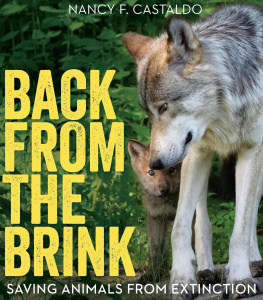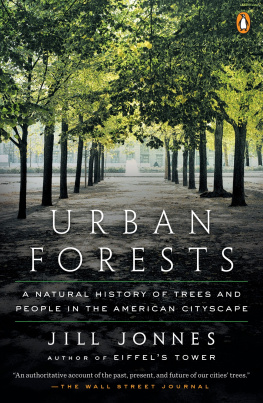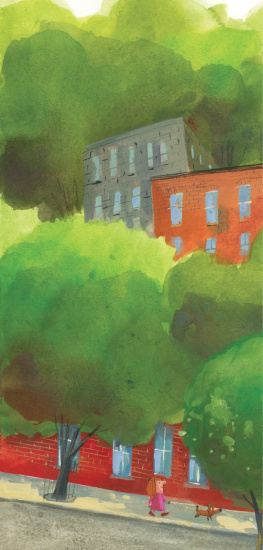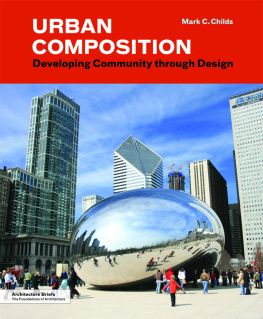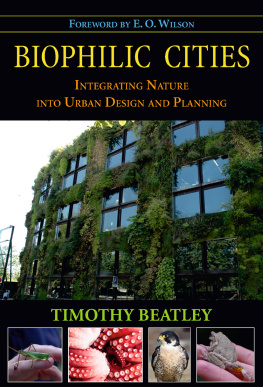

For Dean, E quindi uscimmo a riveder le stelle
Text copyright 2023 by Nancy F. Castaldo
All rights reserved. International copyright secured. No part of this book may be reproduced, stored in a retrieval system, or transmitted in any form or by any meanselectronic, mechanical, photocopying, recording, or otherwisewithout the prior written permission of Lerner Publishing Group, Inc., except for the inclusion of brief quotations in an acknowledged review .
Twenty-First Century Books
An imprint of Lerner Publishing Group, Inc.
241 First Avenue North
Minneapolis, MN 55401 USA
For reading levels and more information, look up this title at www.lernerbooks.com .
Diagrams on pages 11 and 50 by Laura K. Westlund.
Main body text set in Adobe Garamond Pro.
Typeface provided by Adobe Systems.
Library of Congress Cataloging-in-Publication Data
Names: Castaldo, Nancy F. (Nancy Fusco), 1962 author.
Title: Buildings that breath e : greening the worlds cities / Nancy F. Castaldo.
Description: Minneapoli s : Twenty-First Century Books, [2023 ] | Includes bibliographical references and index . | Audience: Ages 131 8 | Audience: Grades 101 2 | Summary: Urban planners, architects, and scientists are developing high-rise forests that seek to balance human activity and natural regeneration. Discover how green infrastructure will transform the urban landscape and how we think about our future Provided by publisher.
Identifiers: LCCN 2022004028 (print ) | LCCN 2022004029 (ebook ) | ISBN 781728419466 (lib. bdg. ) | ISBN 781728462691 (eb pdf)
Subjects: LCSH: Municipal engineering . | Sustainable urban development . | Sustainable architecture . | Environmental protection.
Classification: LCC TD159 .C37 2023 (print ) | LCC TD159 (ebook ) | DDC 628dc23/eng/20220414
LC record available at https://lccn.loc.gov/2022004028
LC ebook record available at https://lccn.loc.gov/2022004029
Manufactured in the United States of America
1-49069-49267-5/16/2022
Contents
The goal of life is living in agreement with nature.
Zeno, Greek philosopher, circa 450 BCE
Chapter 1
Greening Our Cities
Do you live or go to school in a city full of tall buildings and paved sidewalks? If so, look outside your window. What do you see? You might see the concrete wall of a skyscraper, a fire escape, or rooftops. No matter where you live, imagine instead looking out upon branches full of leaves, as if you were standing in a forest. Imagine looking out from a treescraper.
Pretend youre taking an elevator inside this treescraper. The door opens to a floor of apartments. Each of them has a terrace with views unlike those of other apartment buildings. The terraces are alive. They are shaded by branches filled with green leaves and nesting birds. Blooms fill the air with sweetness. For residents, its almost like living in a treehouse. The place invites visitors and residents to take a deep breath, sit down, and relax. Could this treescraper exist in a congested city? Yes, it canand it does.
Milan, a city in northern Italy, is home to two innovative green towers called Bosco Verticale. Thats Italian for vertical forest. The complex, in the heart of a bustling European city with a train station just steps away, was designed by Italian architect Stefano Boeri. The two treescrapers not only please residents but also help the entire city. These are buildings filled with trees and plants, which release the life-giving gas oxygen and absorb the gas carbon dioxide. They are buildings that breathe.

At Bosco Verticale in Milan, Italy, more than sixteen thousand plants and trees grow on balconies and other areas of two residential towers.
City Life
Cities are one of the most complex inventions of civilization. They are filled with libraries, schools, museums, factories, and restaurants. They bring people together to socialize and do business. In cities, people collaborate and share ideas. Ed Glaeser, an economist at Harvard University, describes cities as places of competition... places of innovation.
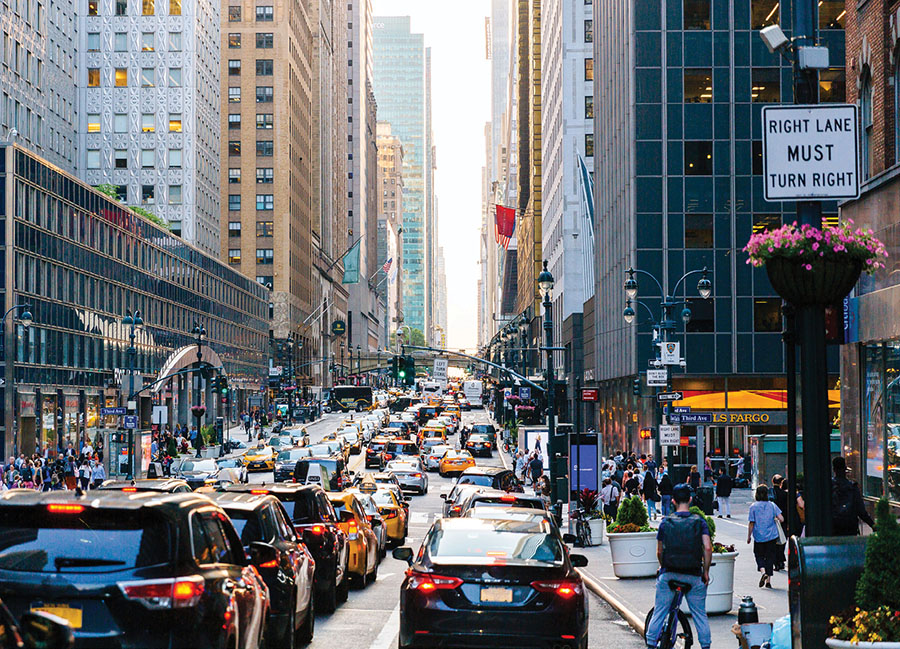
Many big cities are crowded and polluted. Green buildings and other green spaces can improve life for city residents.
But these population centers have many downsides. For instance, they produce three-quarters of the worlds carbon dioxide. This gas traps heat from the sun, much like the glass roof and walls of a greenhouse trap the suns heat. Carbon dioxide occurs naturally on Earth, but humans add extra carbon dioxide to the air when they burn fossil fuels (coal, oil, and natural gas). By driving gasoline-powered vehicles, heating homes and businesses with oil and gas, and powering factories and machines with fossil fuels, humans add more than 44 billion tons (40 billion t) of carbon dioxide to the air each year. All this heat-trapping gas has raised temperatures on Earth and changed Earths climate. The excess heat is causing powerful storms and weather disasters such as droughts (periods with little or no rainfall), floods, and wildfires. The heat is also melting ice at the North and South Poles. As the ice melts, sea levels rise, threatening to flood coastal cities and engulf low-lying islands.
Besides releasing carbon dioxide, the cars, factories, homes, and businesses in big cities do additional damage. They create other types of pollution, such as nitrogen dioxide, sulfur dioxides, and particulate matter, or small airborne particles, such as soot from smokestacks. According to the World Health Organization (WHO), an international agency devoted to improving human health, 91 percent of the worlds population breathes unhealthy air. About nine million people die every year from air-pollutionrelated illnesses, such as strokes, heart disease, and lung disease.
The entire Earth is warming, but even without climate change, cities are warmer than nonurban areas, such as farms and forests. Rural areas have an abundance of natural features that cool the air, including green plants, shade-giving trees, and wetlands. With their paved roads and big buildings, cities have far fewer green spaces and natural bodies of water. Pavement and roofing materials absorb and emit the suns heat, making cities even hotter. Cars, air-conditioning units, and other machines also generate heat. In a big metropolis, such as New York City, temperatures in summer can be about 7F (4C) higher than in areas outside the city. Because cities are so much hotter than the surrounding countryside, they are called heat islands.
The pollution and temperature of cities impact everyone, not just the millions of people who live and work within them. Air pollution doesnt just stay within city limits. It travels with the wind to all parts of Earth. And climate change affects every living thing on Earth. In many places, the air and ocean have become too warm for some plants and animals. Floods, droughts, and other weather disasters hurt wildlife too. Pollution of both air and water also harms and kills many plants and animals.
In 2018 about 55 percent of Earths people lived in cities. The United Nations, an international humanitarian and peacekeeping organization, predicted that by 2050 that number would grow to about 68 percent. With the worlds population increasing, cities will only get bigger, hotter, and more polluted. What is the solution? There is no one easy answer. But green buildings such as Bosco Verticale could play an important role.
Next page

